Havana
Havana Travel Guide – prepare your trip to Havana with our practical guide: where to go, what to do, food, rooftops, how to get around, safety and more. Travel to Havana!
Havana is the vibrant and colorful capital city of Cuba, located on the island’s northwestern coast. With its historic architecture, lively music and dance scenes, and beautiful beaches, Havana is a popular destination for tourists from all over the world.
One of the highlights of Havana is its Old Town, which is a UNESCO World Heritage Site. Here, visitors can explore the winding cobblestone streets and admire the beautiful colonial-era buildings, including the impressive Cathedral of Havana and the grand Plaza de Armas. The Old Town is also home to numerous museums, art galleries, and restaurants, making it a great place to spend a day or two.
Another must-see attraction in Havana is the Malecon, a seawall that stretches for several miles along the city’s waterfront. This is a popular gathering place for locals and visitors alike, and is especially lively in the evenings when street performers, musicians, and vendors set up shop. The Malecon also offers stunning views of the sea and the city skyline, and is a great place to catch a sunset or simply relax and soak up the atmosphere of Havana.
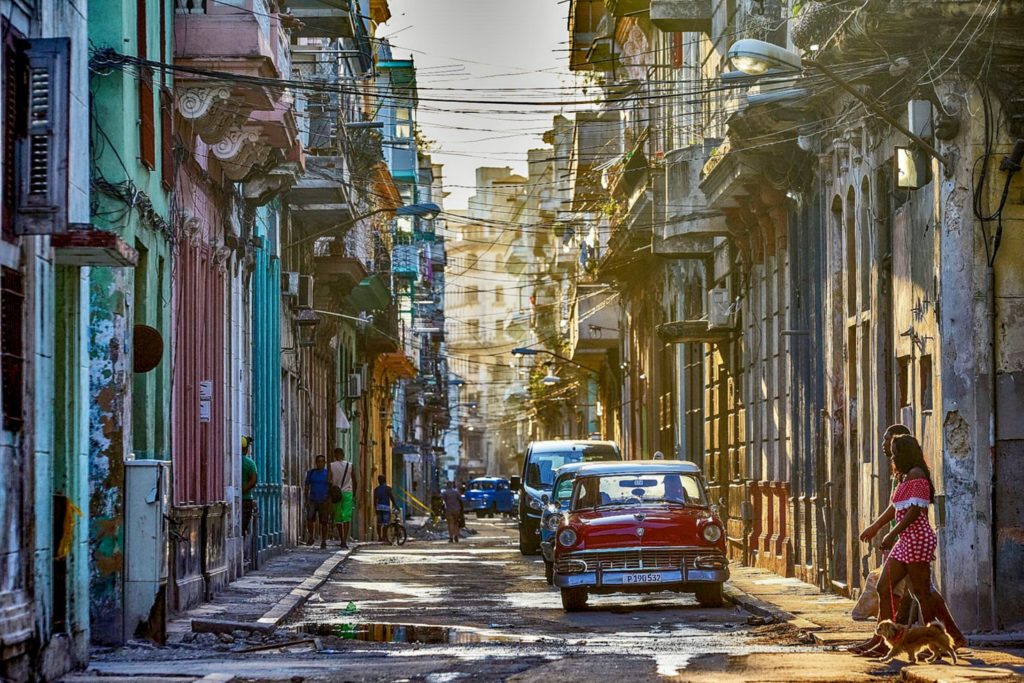
Travel to Havana
Best time to go to Havana – the 4 seasons in Havana
The best time to visit Havana is during the dry season, which runs from November to April. During this time, the weather is generally sunny and warm, with temperatures ranging from the mid-70s to mid-80s Fahrenheit (20-25°C). The humidity is also lower, making it more comfortable for visitors to explore the city on foot. Additionally, this period coincides with the peak tourist season, meaning that there are more events, festivals, and activities to enjoy.
Havana experiences a tropical climate, which is characterized by warm temperatures and high humidity year-round. The city has two distinct seasons: the dry season and the wet season. The wet season, which runs from May to October, is characterized by frequent rain and thunderstorms, as well as high temperatures and humidity. Although it may be more challenging to explore the city during this time, it can still be an enjoyable experience, especially for visitors who prefer fewer crowds and lower prices.
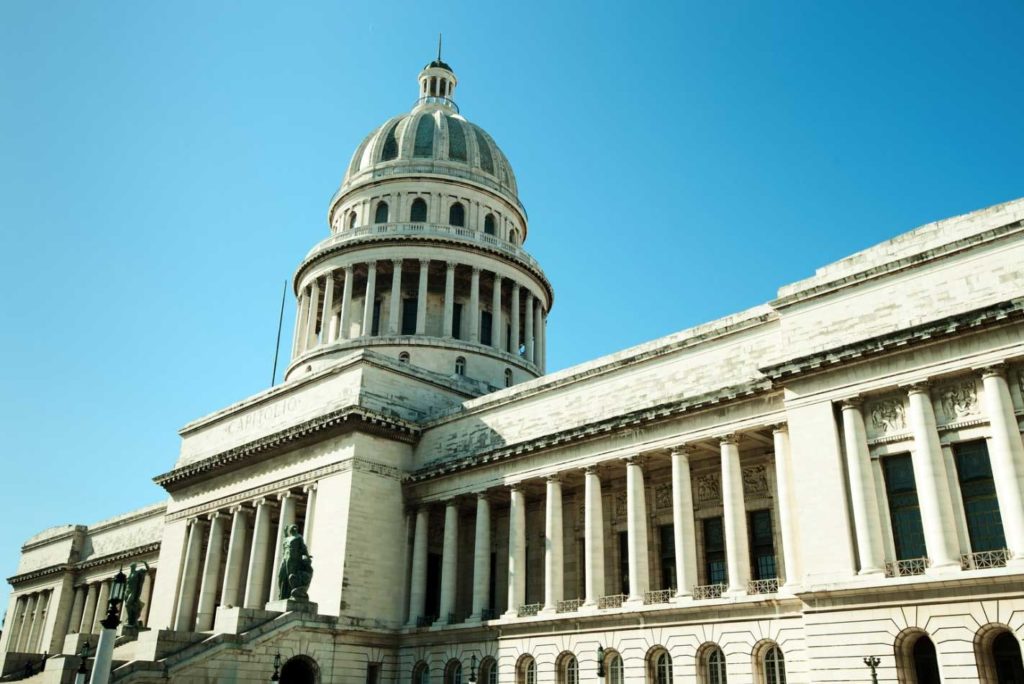
Visa Requirements
The visa requirements for visiting Havana depend on your nationality. If you are an American citizen, you will need a visa to travel to Cuba, as travel to the country for tourism purposes is restricted by the US government. However, there are several categories of authorized travel that allow Americans to visit Cuba, such as educational or cultural trips.
If you are a European citizen, you do not need a visa to travel to Cuba for stays of up to 90 days. You will need a passport that is valid for at least six months beyond your planned departure date, and you may be asked to provide proof of your return ticket.
For citizens of other countries, the visa requirements for Cuba vary depending on your nationality. Some countries are exempt from the visa requirement, while others require a visa for any length of stay. It is best to check with the Cuban embassy or consulate in your home country to determine the specific visa requirements for your situation.
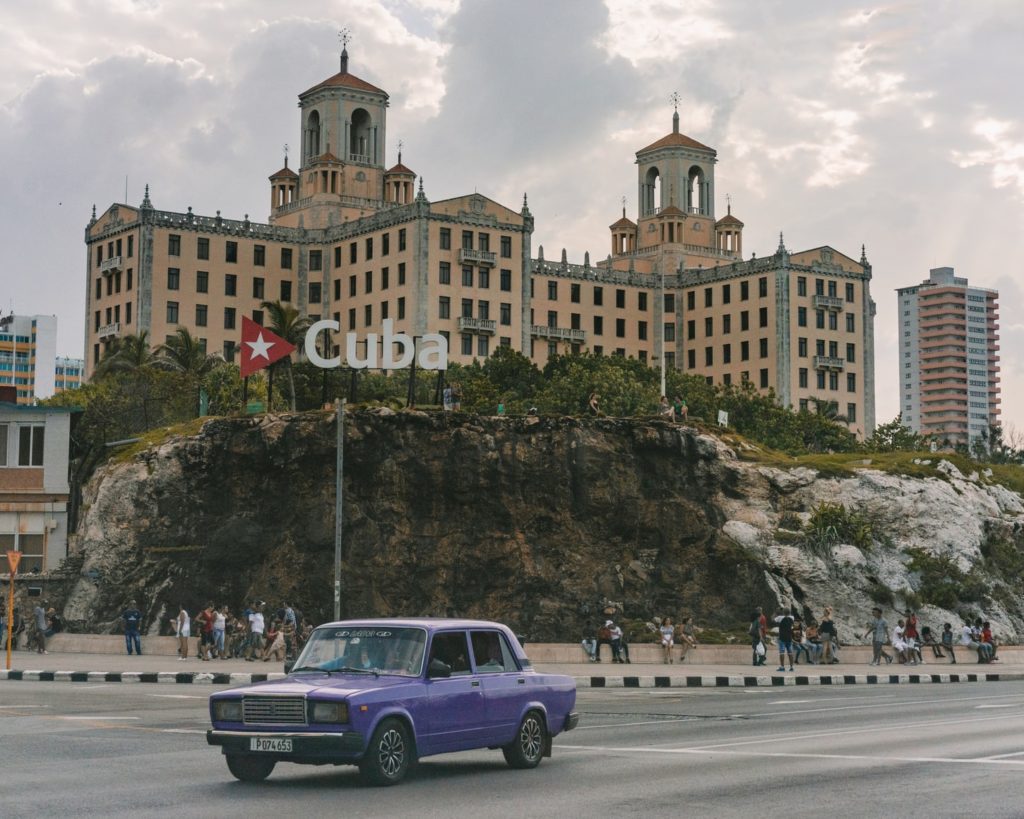
From Havana airport to the city center
There are several options for getting from Havana airport to the city center:
Taxi: Taxis are readily available at Havana airport and are a convenient way to get to the city center. There are official government taxis and private taxis available, with the latter typically being slightly cheaper. The cost of a taxi ride to the city center will depend on your destination and negotiation skills, but expect to pay around 20 to 30 CUC (Cuban convertible pesos), which is approximately equivalent to 20 to 30 USD.
Bus: There is a bus service called “Viazul” that operates between Havana airport and the city center. This is a cheaper option, with a one-way ticket costing around 10 CUC. However, be aware that the buses can be crowded and the schedule may not be convenient for all travelers.
Shared shuttle: There are shared shuttle services available at Havana airport that can take you to the city center. These services are typically operated by private companies and cost around 15 to 20 CUC per person.
Rental car: If you prefer to have your own transportation, rental cars are available at Havana airport. However, be aware that driving in Havana can be challenging, with heavy traffic and narrow streets.
The taxi option is likely the most convenient and comfortable way to get to the city center from Havana airport, although it is also the most expensive. Alternatively, the Viazul bus is a budget-friendly option that is suitable for travelers who don’t mind a bit of a wait and a crowded ride.

Best ways to get around Havana
There are several ways to get around Havana, depending on your budget and preferences:
Walking: One of the best ways to explore Havana is on foot, especially in the Old Town where the streets are narrow and winding. Walking allows you to take in the sights, sounds, and smells of the city at your own pace and get a closer look at the colonial-era buildings, colorful murals, and vintage cars that are such an iconic part of Havana.
Classic car: Havana is famous for its vintage cars, which are a popular way to get around the city. These classic cars can be rented with a driver for a fee, and offer a unique way to explore Havana in style.
Bicycle: Bicycles are a fun and eco-friendly way to get around Havana, and there are several rental shops throughout the city. However, be aware that Havana’s streets can be crowded and chaotic, so this option may not be suitable for all travelers.
Taxi: Taxis are widely available in Havana, and are a convenient way to get around the city, especially if you’re short on time or don’t feel comfortable walking or biking. Be sure to negotiate the fare with the driver before starting your journey, as fares are not always metered.
Public transportation: Havana has a public transportation system that consists of buses, shared taxis called “almendrones,” and local trains. While these options are generally affordable, they can be crowded and unreliable, especially during peak hours.

Explore Havana’s neighbourhoods
Old Havana: This is the historic heart of Havana, and is home to many of the city’s most famous landmarks, including the Cathedral of Havana, the Plaza de Armas, and the Museum of the Revolution. The neighborhood is known for its narrow, winding streets, colorful colonial-era buildings, and vibrant street life. It’s also home to many restaurants, bars, and cafes, making it a great place to spend a day or two exploring.
Vedado: Located just west of Old Havana, Vedado is a more modern neighborhood with wide boulevards, parks, and impressive architecture. Points of interest in Vedado include the John Lennon Park, the Hotel Nacional de Cuba, and the Christopher Columbus Cemetery. It’s also home to many theaters, galleries, and music venues, making it a great place to experience Havana’s thriving arts scene.
Miramar: This neighborhood is located to the west of Vedado, and is known for its large, impressive homes and embassies. Points of interest in Miramar include the National Aquarium of Cuba, the Club Habana beach club, and the Havana Convention Center. It’s also home to many upscale restaurants, bars, and shops, making it a popular destination for visitors who want to experience a more luxurious side of Havana.
Centro Havana: This is a bustling, working-class neighborhood located just to the west of Old Havana. Points of interest in Centro Havana include the Malecon seawall, the Capitolio building, and the San Cristobal Paladar, which is one of the city’s most famous restaurants. It’s also a great place to experience Havana’s vibrant street life and music scene, with many bars and clubs offering live music and dancing.
Playa: Located to the west of Miramar, Playa is a more residential neighborhood with wide streets and large homes. Points of interest in Playa include the Havana Zoo, the Fusterlandia art project, and the Almendares Park. It’s also home to many of Havana’s best beaches, making it a popular destination for visitors who want to soak up some sun and enjoy the warm Caribbean waters.
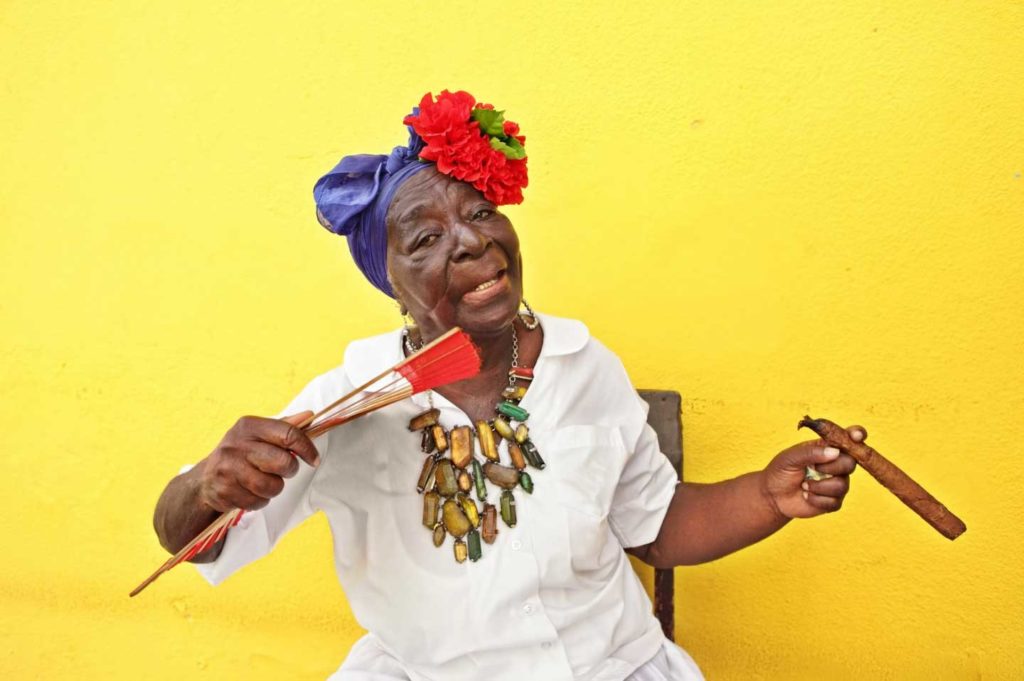
Attractions and things to do
Top attractions to see in Havana
Old Havana: As mentioned earlier, Old Havana is a UNESCO World Heritage Site and is home to many of the city’s most famous landmarks. There is no admission fee to explore the streets and public spaces of Old Havana, although there may be fees for entrance to certain museums, such as the Museum of the Revolution or the National Museum of Fine Arts.
El Capitolio: This impressive building was modeled after the US Capitol in Washington DC, and is home to the Cuban Academy of Sciences. Visitors can tour the building and take in the stunning architecture and ornate interior, although there is a fee for admission. The cost is 10 CUC (Cuban convertible pesos) per person.
Malecon: This famous seawall stretches for several miles along the waterfront and is a popular gathering place for locals and visitors alike. There is no admission fee to walk along the Malecon, although you may want to bring some money for snacks, drinks, or souvenirs from the vendors who set up along the way.
Museum of the Revolution: This museum is located in the former presidential palace and offers a fascinating look at the history of Cuba’s revolution and the struggle for independence. The admission fee is 8 CUC per person.
Plaza Vieja: This historic square is surrounded by beautiful colonial-era buildings and is a great place to soak up the atmosphere of Old Havana. There is no admission fee to visit the square, although you may want to bring some money to enjoy a drink or meal at one of the many restaurants and cafes in the area.
Fusterlandia: This colorful art project is the brainchild of Cuban artist Jose Fuster, who has transformed an entire neighborhood into a whimsical, mosaic-covered wonderland. There is no admission fee to visit Fusterlandia, although you may want to bring some money to purchase souvenirs or to make a donation to the artist.

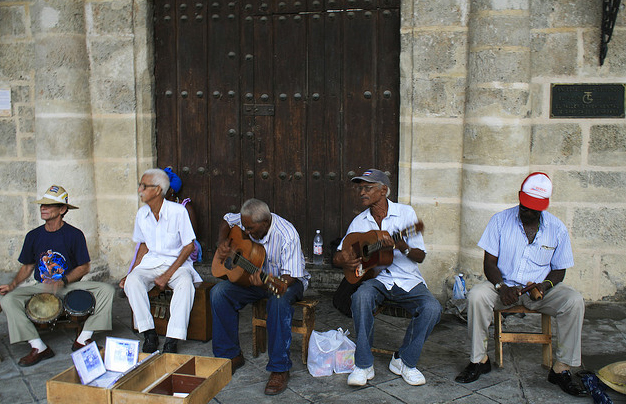
Top fun things to do in Havana
Take a classic car tour: This is a popular way to see the city and experience Havana’s iconic vintage cars. Tours range in length and price, but typically start at around 40 CUC per person.
Visit the Museum of the Revolution: This museum offers a fascinating look at the history of the Cuban revolution and the struggle for independence. Admission is 8 CUC per person.
Explore the streets of Old Havana: This historic neighborhood is a UNESCO World Heritage Site and is known for its colorful colonial-era buildings, cobblestone streets, and lively street life. It’s a great place to wander and explore.
Visit the Malecon: This famous seawall is a great place to take in the sea breeze and watch the sunset. There’s no admission fee to visit the Malecon.
Visit the Havana Club Museum of Rum: This museum offers a guided tour of the Havana Club rum factory and distillery, as well as tastings and a chance to purchase bottles of rum. Admission is 7 CUC per person.
Take a salsa dance lesson: Havana is known for its vibrant music and dance scene, and taking a salsa lesson is a great way to experience it for yourself. Prices for lessons vary depending on the instructor and location.
Visit the National Museum of Fine Arts: This museum houses a large collection of Cuban art, as well as works by international artists. Admission is 8 CUC per person.
Take a walking tour of Vedado: This modern neighborhood is home to many impressive buildings and parks, and a walking tour is a great way to take it all in. Tours start at around 15 CUC per person.
Visit the Gran Teatro de La Habana: This beautiful theater hosts a range of performances, from ballet to opera to theater. Tickets prices vary depending on the show and seat location.
Visit the Havana Cathedral: This impressive cathedral is a must-see for architecture lovers, and there’s no admission fee to visit.
Take a day trip to Varadero Beach: This beautiful beach is located about two hours from Havana and is a popular destination for sunbathing, swimming, and water sports. Prices for day trips vary depending on the provider.
Take a sunset cruise: This is a great way to see the city from a different perspective and enjoy a beautiful Havana sunset. Prices vary depending on the provider.
Visit the Cuban Art Factory: This cultural center offers a range of performances, art exhibits, and workshops, and is a great place to experience Havana’s contemporary arts scene. Prices for events vary depending on the program.
Visit the Almendares Park: This beautiful park is a great place to relax and enjoy the outdoors, with hiking trails, picnic areas, and scenic views. There’s no admission fee to visit.
Visit the Partagas Cigar Factory: This factory offers a guided tour of the cigar-making process, as well as a chance to purchase cigars. Admission is 10 CUC per person.
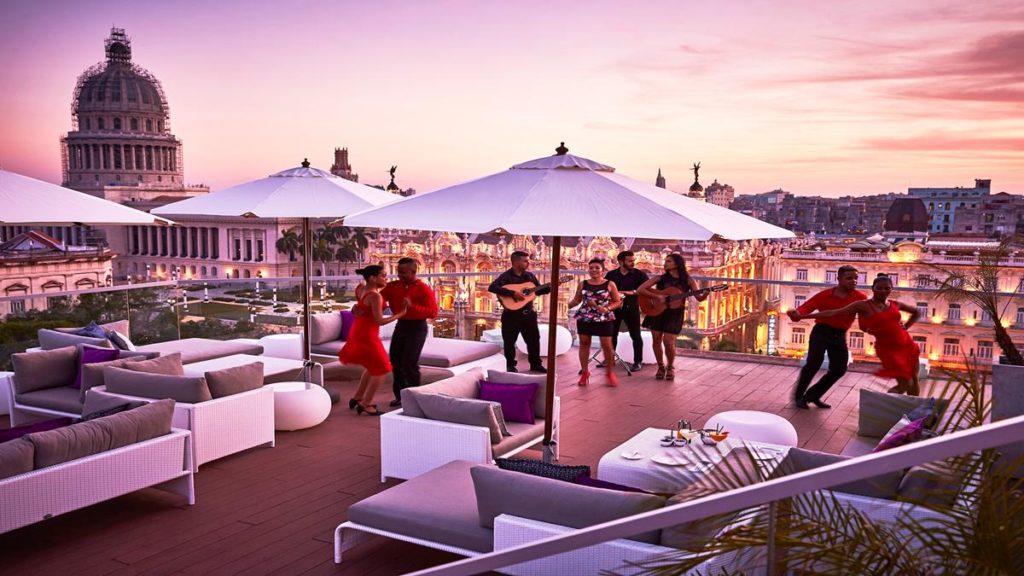
Fun things to do with kids and teens in Havana
Fun things to do with kids:
Visit the Havana Zoo: This zoo is home to a range of animals, including lions, tigers, and bears. It’s a great place to spend a day with kids and learn about Cuba’s wildlife. Admission is 3 CUC for adults and 1 CUC for children.
Take a ride in a vintage car: Kids will love the opportunity to ride in one of Havana’s iconic vintage cars, and it’s a great way to see the city. Prices vary depending on the provider and tour length.
Visit the National Aquarium of Cuba: This aquarium is home to a range of marine life, including sharks, dolphins, and sea turtles. Admission is 15 CUC for adults and 10 CUC for children.
Visit the Museum of Chocolate: This museum offers a tour of the chocolate-making process, as well as tastings and a chance to purchase chocolate treats. Admission is 6 CUC for adults and 4 CUC for children.
Visit the Fusterlandia art project: Kids will love the colorful, whimsical mosaic art at Fusterlandia, and there’s no admission fee to visit.
Fun things to do with teens:
Take a salsa dance lesson: Teens will love the chance to learn salsa dancing, which is a big part of Havana’s music and dance scene. Prices for lessons vary depending on the instructor and location.
Visit the Fabrica de Arte Cubano: This cultural center offers a range of art exhibits, live music performances, and nightlife, making it a great place for teens to experience Havana’s contemporary arts scene. Admission is 2 CUC.
Take a surfing lesson: Teens can learn to surf at Havana’s nearby beaches, which offer good waves and warm water. Prices for lessons vary depending on the provider.
Visit the Malecon: Teens will enjoy hanging out on the seawall, watching the sunset, and socializing with other young people. There’s no admission fee to visit.
Visit the Tropicana Cabaret: This famous nightclub offers a dinner show featuring music, dance, and costumes, and is a great way to experience Havana’s nightlife. Prices for the show and dinner start at around 75 CUC per person.
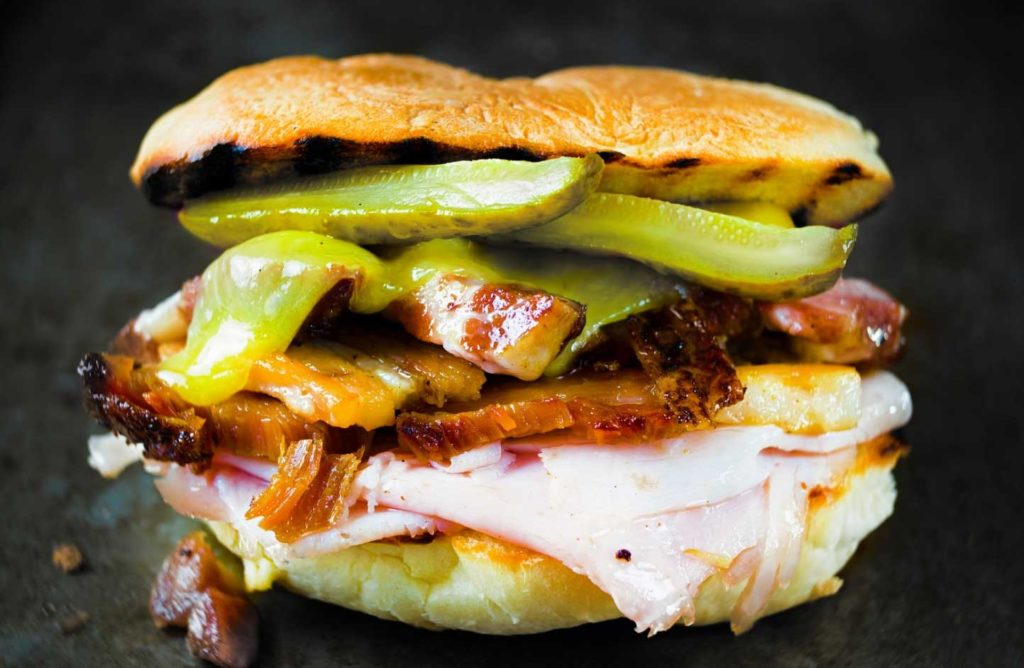
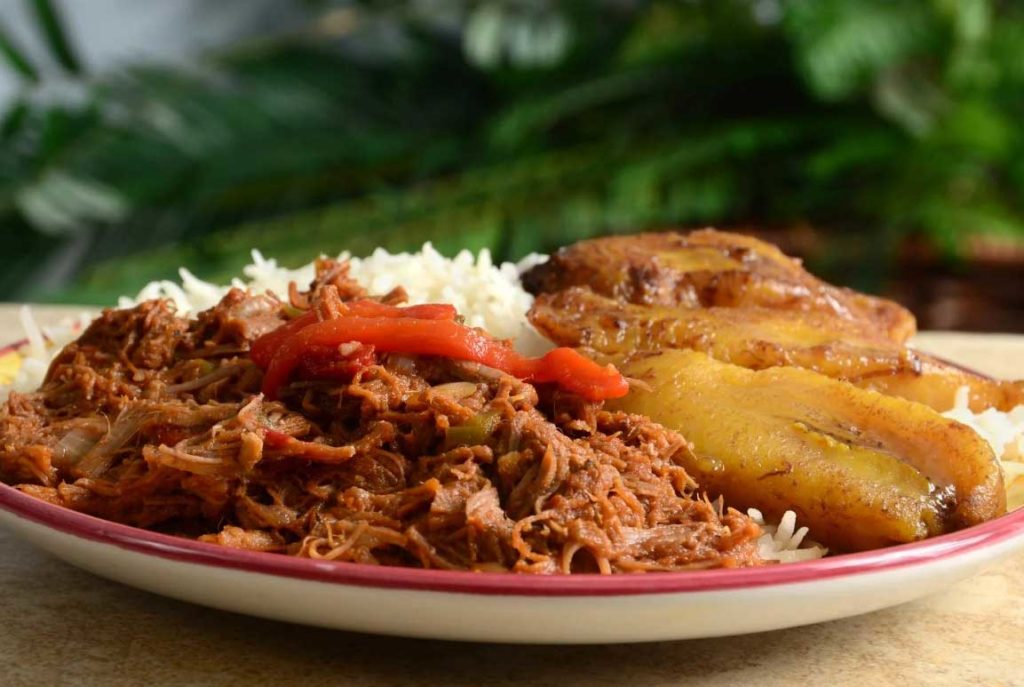
Experience Havana like a local
Hang out at the Malecon: The Malecon is a popular gathering place for locals, especially in the evenings and on weekends. People come here to socialize, listen to music, watch the sunset, and enjoy the sea breeze.
Play dominoes: Dominoes is a popular pastime in Cuba, and you’ll often see groups of locals playing the game in parks, on street corners, or in cafes. It’s a great way to pass the time and socialize with friends.
Listen to live music: Havana is famous for its music scene, and locals love to listen to live music at clubs, bars, and music venues around the city. Genres range from traditional Cuban music to jazz to rock.
Visit the beach: Havana has several beautiful beaches within easy reach of the city, and locals love to spend their free time swimming, sunbathing, and relaxing in the warm Caribbean waters.
Explore new restaurants and bars: Havana has a thriving culinary scene, and locals love to try out new restaurants, cafes, and bars. Whether it’s traditional Cuban food or international cuisine, there’s always something new to discover.
Attend cultural events: Havana is home to many cultural events, including art exhibitions, theater performances, and film festivals. Locals enjoy attending these events and experiencing the city’s vibrant arts scene.
Play sports: Cubans are known for their love of sports, and locals can often be found playing soccer, baseball, or basketball in parks or on public courts around the city.
Havana’s locals love to socialize, enjoy the city’s rich cultural offerings, and spend time outdoors. Whether it’s listening to live music, playing dominoes, or exploring new restaurants, there’s always something to do in Havana.

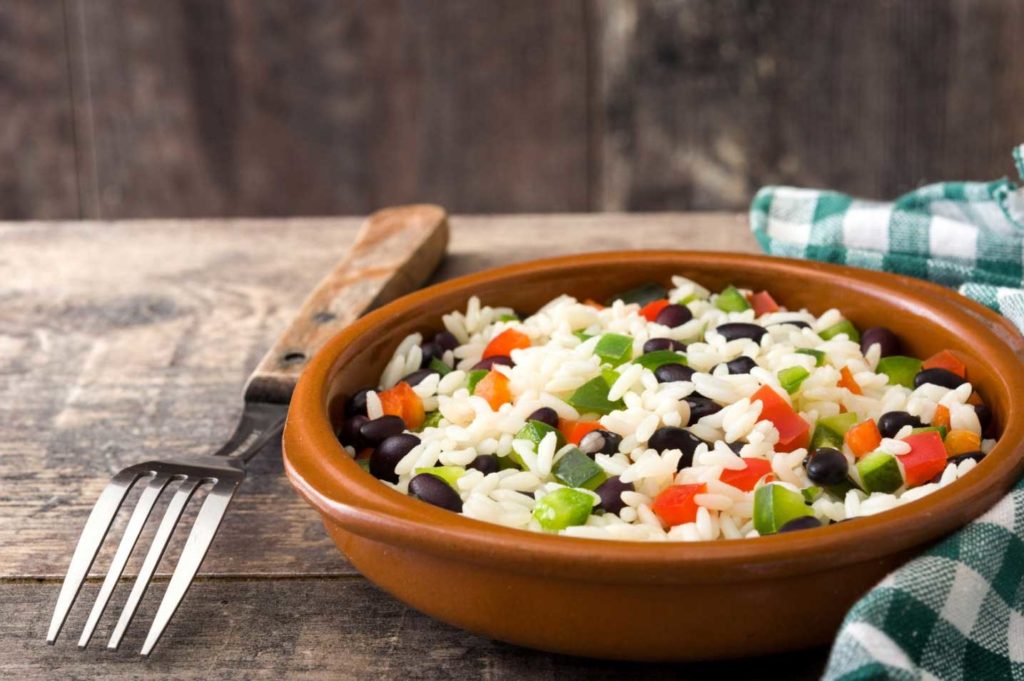
Food and drinks
Traditional dishes of Havana to try
Here are some traditional dishes of Havana that you should try, along with some places that are renowned for them:
Ropa Vieja: This is a hearty stew made with shredded beef, tomatoes, onions, and peppers, and is often served with rice and black beans. One of the best places to try this dish is La Bodeguita del Medio, a historic bar and restaurant in Old Havana that’s famous for its mojitos and traditional Cuban food.
Moros y Cristianos: This is a classic Cuban dish made with rice and black beans, often served with pork or chicken. You can find this dish at many restaurants in Havana, but one of the most popular places to try it is El Aljibe, a restaurant in Miramar known for its roasted chicken and traditional Cuban dishes.
Lechon Asado: This is a succulent roasted pork dish that’s a staple of Cuban cuisine. One of the best places to try it is El Floridita, a historic bar and restaurant in Old Havana that’s famous for its daiquiris and traditional Cuban food.
Tostones: These are crispy, fried plantain slices that are a popular snack in Havana. You can find them at many street food stalls and restaurants around the city.
Frijoles Negros: This is a classic Cuban black bean soup that’s often served with rice and pork. One of the best places to try it is La Guarida, a restaurant in Centro Havana that’s known for its inventive takes on traditional Cuban dishes.
Cubano Sandwich: This is a classic Cuban sandwich made with ham, roasted pork, Swiss cheese, pickles, and mustard, served on a toasted roll. One of the best places to try it is Cafe Bohemia, a cafe in Old Havana that’s known for its coffee and traditional Cuban sandwiches.
Tamales: These are steamed cornmeal dumplings filled with meat or vegetables, and are a popular snack in Havana. You can find them at many street food stalls and markets around the city.
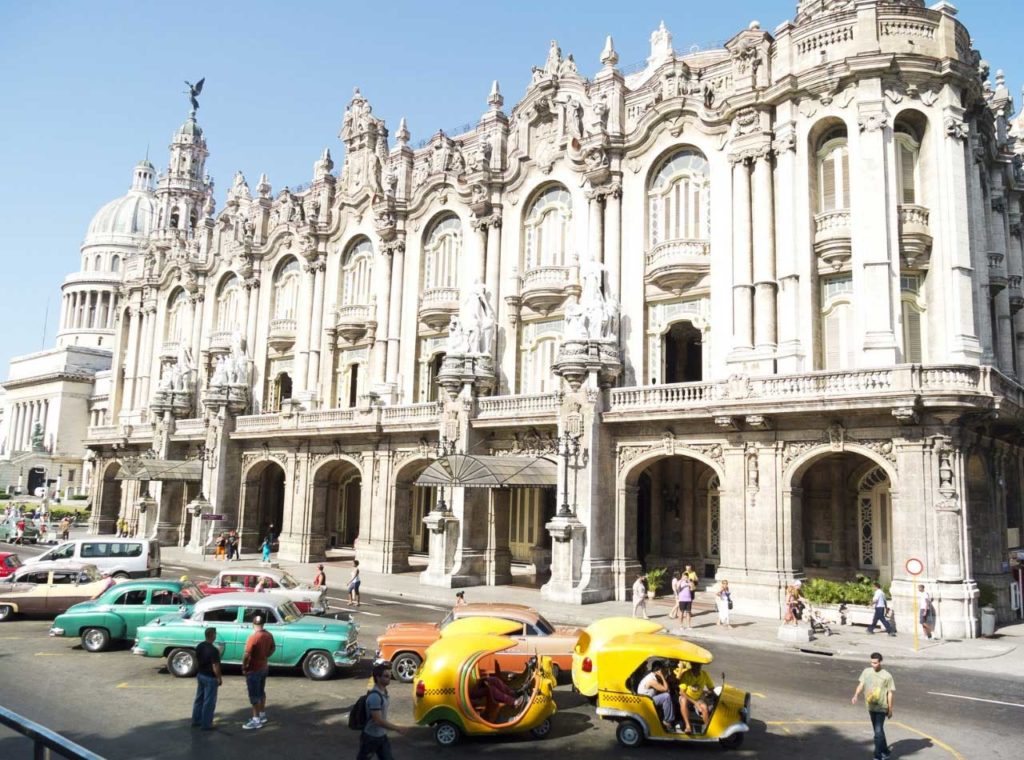
Havana iconic restaurants
Here are some of Havana’s most iconic restaurants that are worth a visit:
La Bodeguita del Medio: This historic bar and restaurant in Old Havana is famous for its mojitos and traditional Cuban food. It’s been a popular gathering spot for locals and visitors alike for over 70 years.
El Floridita: Another historic bar and restaurant in Old Havana, El Floridita is famous for its daiquiris and as the birthplace of the frozen daiquiri. It was a favorite haunt of Ernest Hemingway, who frequented the bar during his time in Havana.
Paladar La Guarida: This popular restaurant in Centro Havana is known for its inventive takes on traditional Cuban dishes, as well as its beautiful rooftop terrace with views over the city. It’s also famous as the setting for the Cuban film “Strawberry and Chocolate”.
La Fontana: This restaurant in Vedado is known for its delicious seafood dishes, as well as its elegant ambiance and beautiful garden terrace. It’s a popular spot for romantic dinners and special occasions.
Cafe Laurent: This trendy restaurant in Vedado is known for its modern, fusion cuisine, as well as its chic decor and rooftop terrace with views over the city. It’s a popular spot for young locals and visitors alike.
La Cocina de Lilliam: This charming restaurant in Miramar is known for its traditional Cuban dishes and homely ambiance. The owner, Lilliam Dominguez, is a renowned chef and cookbook author who has been cooking up delicious meals for over 30 years.
San Cristobal Paladar: This family-run restaurant in Centro Havana is known for its delicious Cuban and international dishes, as well as its beautiful colonial-era decor. It’s a favorite of many famous visitors, including Barack Obama and Beyonce.
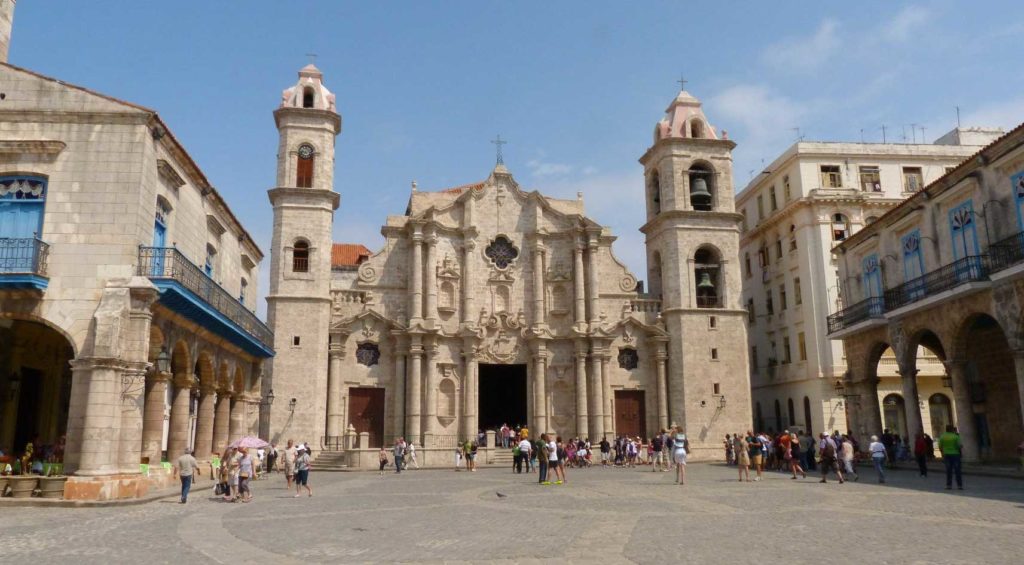
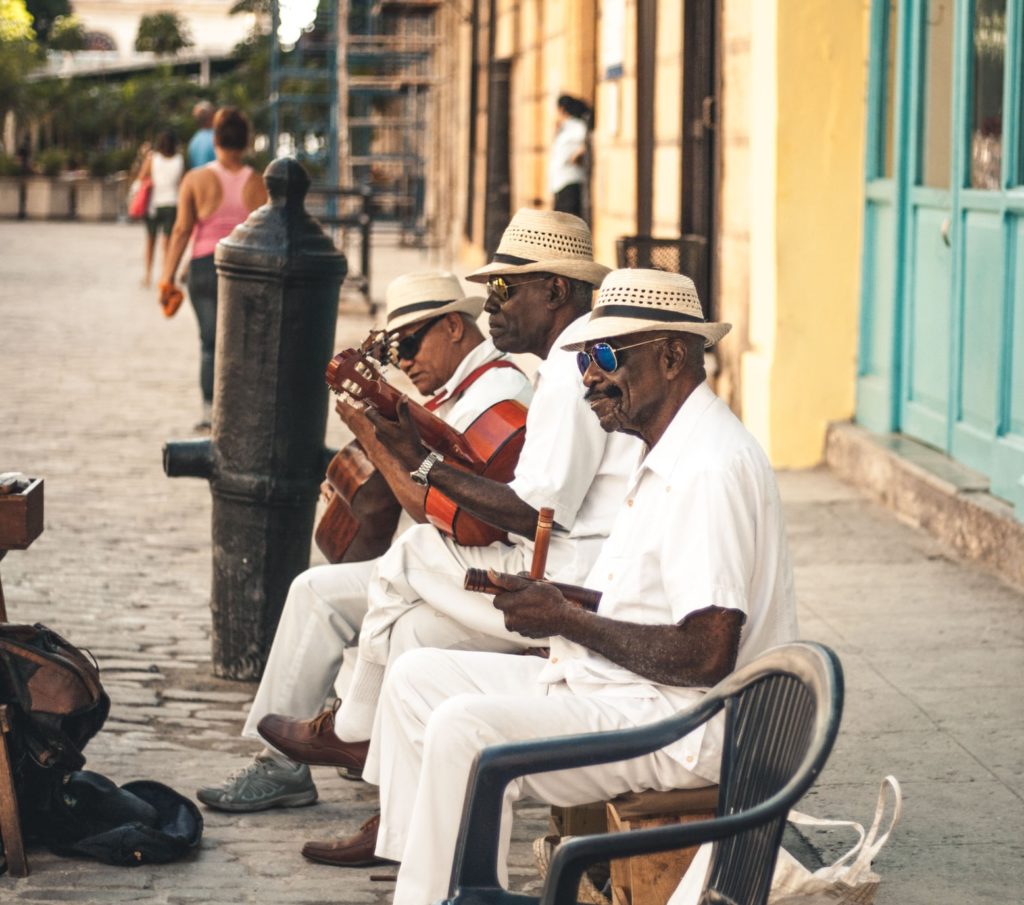
Havana best rooftops
La Guarida: This popular restaurant in Centro Havana is known for its inventive takes on traditional Cuban dishes, as well as its beautiful rooftop terrace with views over the city. It’s a popular spot for romantic dinners and special occasions.
El del Frente: This trendy restaurant and bar in Old Havana is known for its modern fusion cuisine and creative cocktails, as well as its rooftop terrace with views over the city.
Hotel Saratoga: This luxurious hotel in Old Havana boasts a rooftop pool and bar with stunning views over the city skyline. It’s a popular spot for a relaxing drink or a dip in the pool after a day of sightseeing.
Cafe Laurent: This trendy restaurant in Vedado is known for its modern, fusion cuisine, as well as its chic decor and rooftop terrace with views over the city. It’s a popular spot for young locals and visitors alike.
La Terraza: This rooftop bar in the heart of Old Havana offers beautiful views over the city and the harbor, as well as live music and a lively atmosphere. It’s a great spot for a drink and to soak up the Cuban vibe.
La Casa de la Bombilla Verde: This hip bar and restaurant in Vedado is known for its creative cocktails and delicious food, as well as its funky decor and rooftop terrace with views over the city.
Gran Hotel Manzana Kempinski: This luxurious hotel in the heart of Old Havana features a rooftop pool and bar with stunning views over the city skyline, as well as a range of dining options and elegant rooms and suites.
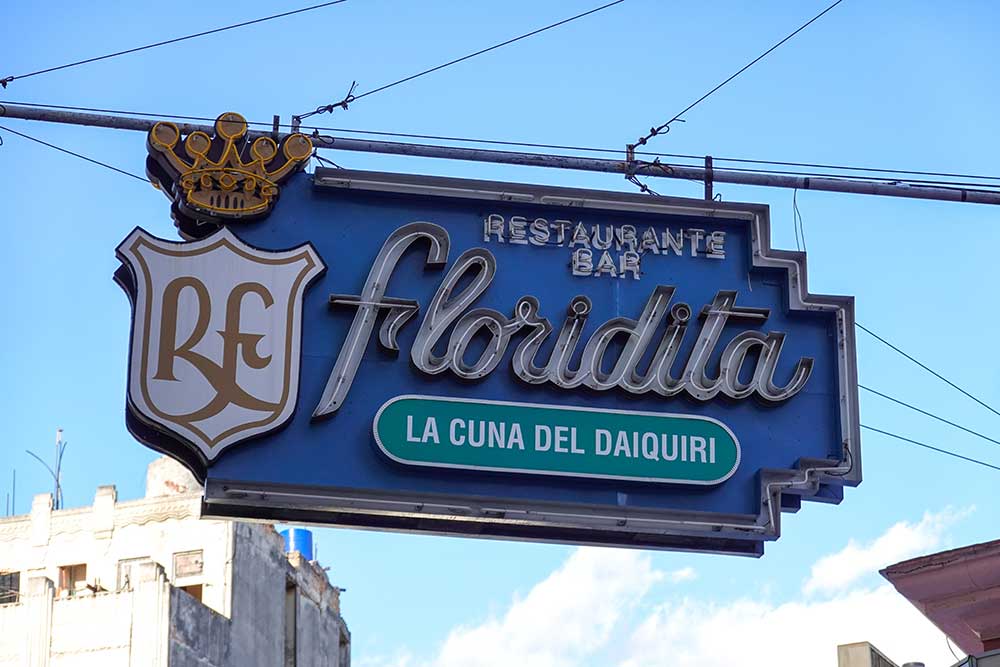

Cool bars in Havana
El Floridita: This historic bar in Old Havana is known as the birthplace of the frozen daiquiri, and was a favorite spot of Ernest Hemingway. It’s still a popular spot for visitors and locals alike, and is located on Obispo Street in the heart of Old Havana.
La Zorra y el Cuervo: This popular jazz club in Vedado is located in the basement of an unmarked building, and is a favorite spot for music lovers and locals. It’s known for its intimate atmosphere and live jazz performances, and is located on 23rd Street between N and O Streets.
Sloppy Joe’s Bar: This historic bar in Old Havana was a favorite spot of American expats during Prohibition, and has been recently renovated and reopened. It’s known for its classic cocktails and casual atmosphere, and is located on Zulueta Street in the heart of Old Havana.
Fabrica de Arte Cubano: This cultural center in Vedado is housed in a former cooking oil factory, and features art exhibits, live music performances, and a range of bars and restaurants. It’s a popular spot for young locals and visitors alike, and is located on 26th Street between 11th and 13th Streets.
Casa Miglis: This Swedish-owned bar in Vedado is known for its creative cocktails and cozy atmosphere, as well as its Scandinavian-inspired decor. It’s located on Calle 21 between N and O Streets.
El Dandy Bar: This trendy bar in Old Havana is known for its creative cocktails and lively atmosphere, and is a popular spot for young locals and visitors. It’s located on Callejon de los Peluqueros, a small alley off of Obispo Street in the heart of Old Havana.
Bar Monserrate: This historic bar in Old Havana is located on the rooftop of the Hotel Ambos Mundos, where Ernest Hemingway lived for a time. It offers beautiful views over the city, as well as classic cocktails and a relaxed atmosphere.


What not to do in Havana, things to avoid
Don’t drink tap water: It’s generally not recommended to drink tap water in Havana, as it may contain bacteria or parasites that can cause illness. Stick to bottled water or filtered water.
Don’t exchange money on the street: It’s best to exchange money at official exchange houses or banks in Havana, rather than on the street. Street exchange rates may be inflated or fake, and you could end up losing money.
Don’t wear flashy jewelry or carry large amounts of cash: Petty theft can be a problem in Havana, so it’s best to avoid drawing attention to yourself by wearing expensive jewelry or carrying large amounts of cash. Keep your valuables in a secure place and be aware of your surroundings.
Don’t photograph or film people without permission: It’s important to respect people’s privacy and culture when taking photographs or filming in Havana. Always ask for permission before taking someone’s picture or filming in public places.
Don’t take unofficial taxis: It’s best to use official taxis in Havana, such as those with a yellow roof and a meter. Unofficial taxis may be unsafe or charge inflated prices.
Don’t buy illegal goods: It’s illegal to buy or sell certain goods in Havana, such as counterfeit products or items made from endangered species. Avoid buying these goods to avoid legal issues.
Don’t disrespect Cuban culture or history: Cuba has a rich culture and history, and it’s important to be respectful of this when visiting. Avoid making insensitive or disrespectful comments about Cuban culture or history.
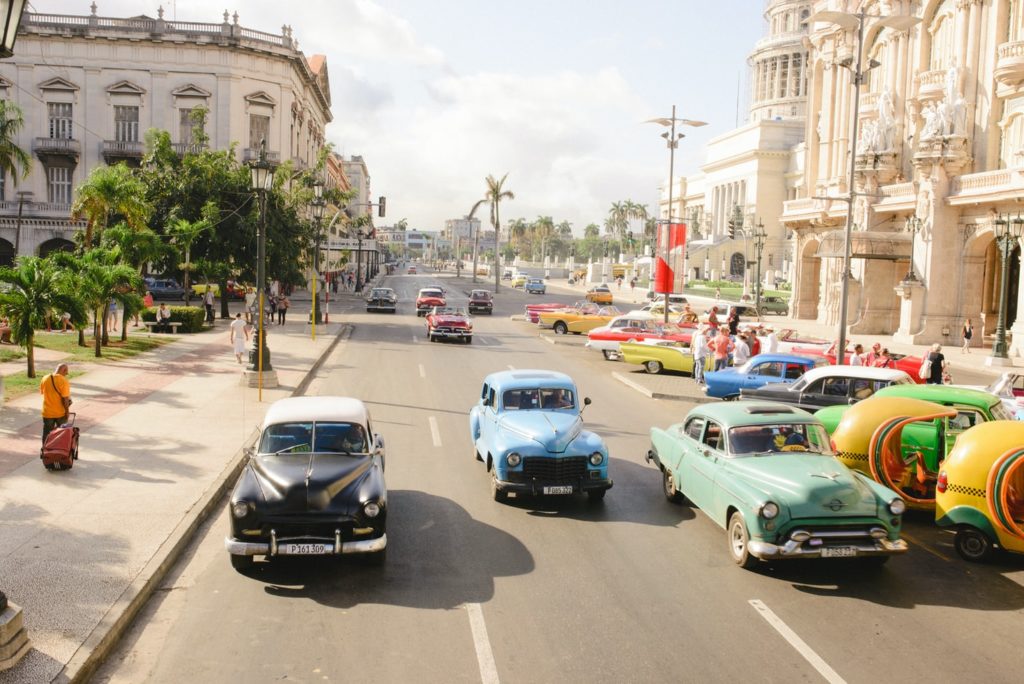
Shopping, taxes and tipping in Havana
In Havana, there are different types of taxes and service charges that may be applied when shopping or paying for food. Here is a breakdown of the most common charges:
Value Added Tax (VAT): A VAT of 10% is applied to most goods and services in Havana. This tax is included in the price of the item or service.
Service Charge: Many restaurants in Havana add a service charge of 10% to the bill. This charge is intended as a tip for the waiter or waitress, and is in addition to the cost of the meal.
Optional Tips: While service charges are often added to restaurant bills, it’s also common to leave an additional tip for exceptional service. Tips of 5-10% are typical in Havana.
Tourist Tax: There is a tourist tax of 10% on hotel rooms and some other services. This tax is typically included in the price of the service.
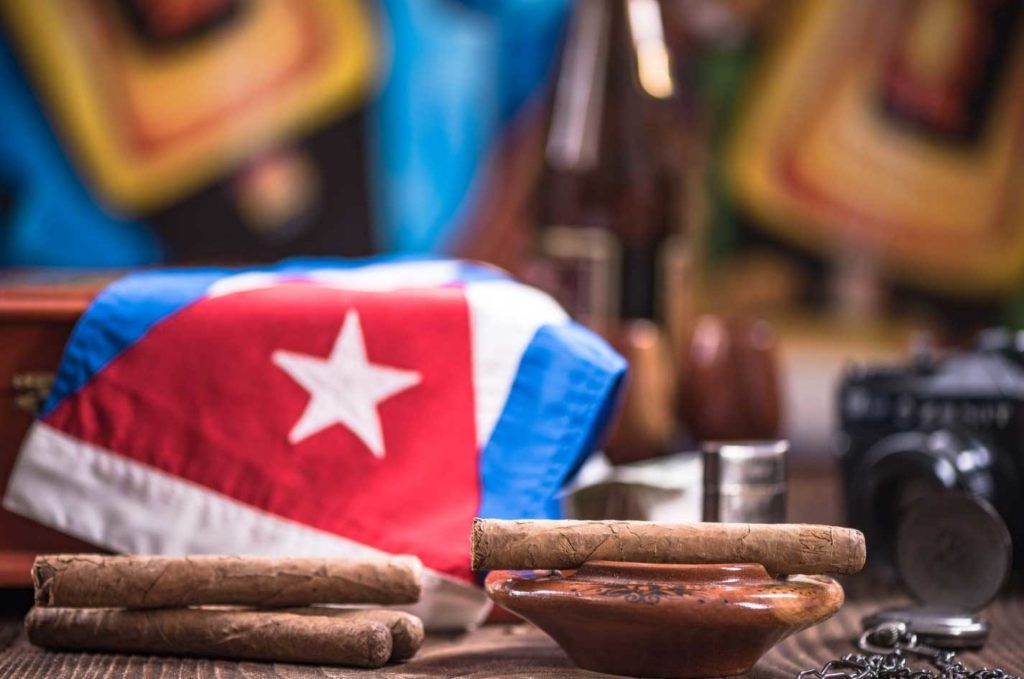
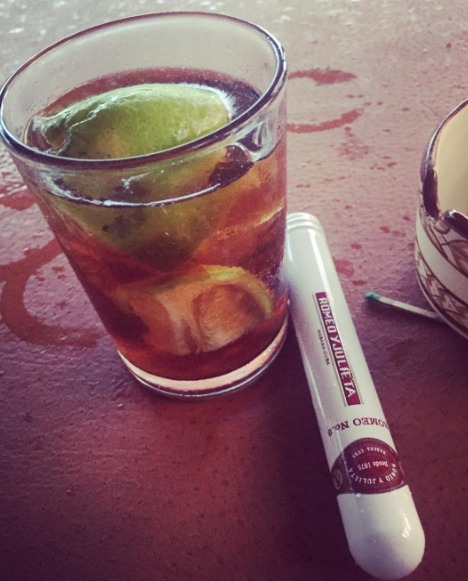
Safety and security in Havana
Havana is generally a safe city to visit, but like any city, there are certain precautions you should take to ensure your safety and security. Here are some tips:
Be aware of your surroundings: As with any city, it’s important to be aware of your surroundings and exercise caution, especially at night. Stick to well-lit, busy areas and avoid isolated or poorly lit streets.
Avoid carrying large amounts of cash: Petty theft can be a problem in Havana, so it’s best to avoid carrying large amounts of cash. Keep your valuables in a secure place and be aware of pickpockets.
Use official taxis: It’s best to use official taxis in Havana, such as those with a yellow roof and a meter. Unofficial taxis may be unsafe or charge inflated prices.
Avoid drugs: Drug use and possession is illegal in Cuba, and penalties can be severe. Avoid getting involved with drugs while in Havana.
Be respectful of local customs and laws: Cuba has a unique culture and history, and it’s important to be respectful of local customs and laws. Avoid making insensitive or disrespectful comments about Cuban culture or history.
Avoid political demonstrations: Political demonstrations are rare in Havana, but they can occur. Avoid getting involved in political demonstrations or gatherings, as they can be unpredictable and potentially dangerous.
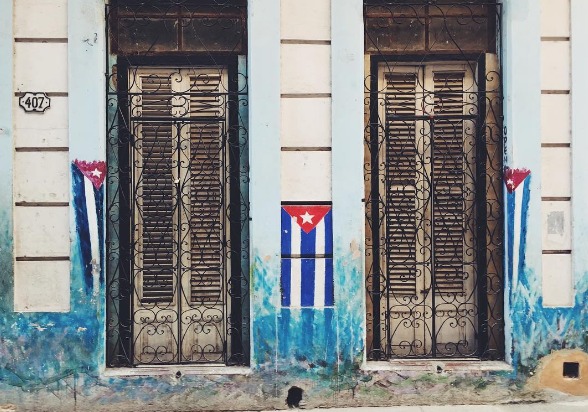
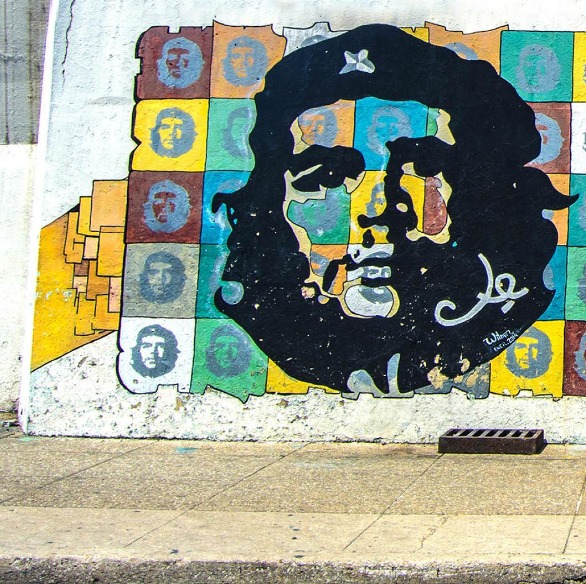
Final practical advice
Electricity and Charging: The electrical outlets in Havana use the standard North American plug with two flat pins. The voltage is 110-120 volts, so be sure to bring a converter if your electronic devices require a different voltage. Many hotels and accommodations offer charging facilities for electronic devices.
Cash and Credit Cards: It’s best to bring cash to Havana, as credit cards are not widely accepted. US dollars are subject to a 10% conversion fee, so it’s recommended to bring Euros, Canadian dollars, or British pounds. You can exchange money at official exchange houses or banks in Havana. ATMs are also available, but it’s best to use them during the day and in busy areas.
Language: Spanish is the official language of Cuba, but many people in Havana also speak English. It’s a good idea to learn some basic Spanish phrases to help you navigate the city and communicate with locals.
Transportation: Taxis are readily available in Havana, but it’s best to use official taxis with a yellow roof and a meter. It’s also possible to use public transportation, such as buses or shared taxis known as “almendrones”. Walking is also a great way to explore Havana, as many of the city’s sights and attractions are located within walking distance of each other.
Internet and Communication: Internet access can be limited in Havana, but many hotels and public places offer Wi-Fi access. It’s a good idea to purchase a prepaid SIM card for your phone to make local calls and access the internet.
Weather: Havana has a tropical climate, with warm and humid weather year-round. The best time to visit is from December to May, when the weather is dry and pleasant. The rainy season lasts from June to November, with the heaviest rains in September and October.
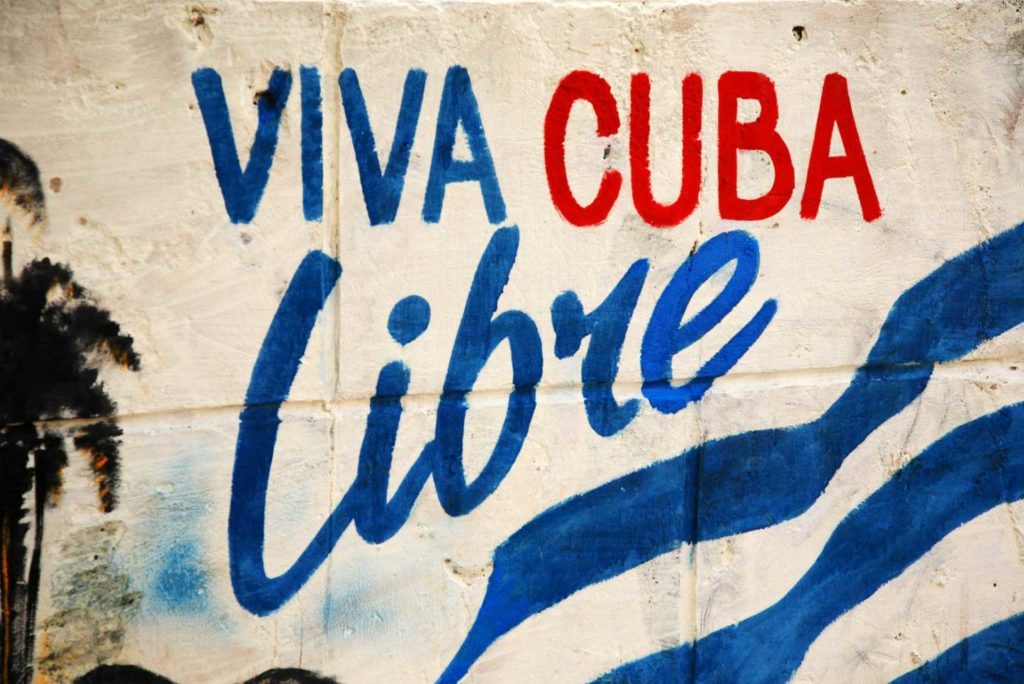
–
Check out our travel guides